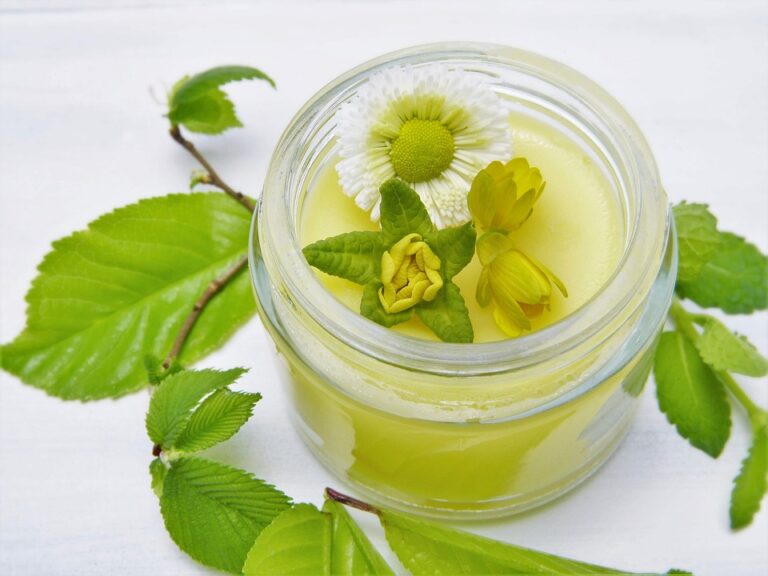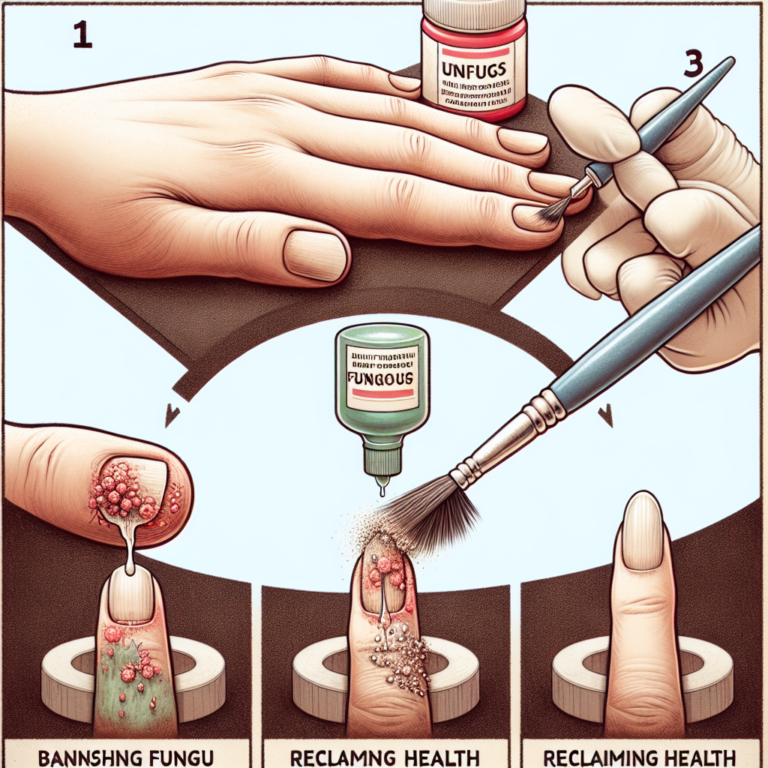Nail fungus, scientifically known as onychomycosis, is an insidious intruder that affects millions worldwide. This sneaky fungal infection can cause nails to become discolored, thickened, and brittle, often leading to discomfort and embarrassment. Understanding nail fungus is crucial for effective treatment and prevention. In this article, we embark on a deep dive into combating nail fungus, providing you with insightful tips and factual information to arm yourself against this persistent foe.
Understanding Nail Fungus
Before we delve into the methods of combating nail fungus, it’s essential to understand what it is and how it manifests. Nail fungus is a common condition where a fungal infection affects the nails, usually on the toes. The responsible fungi are dermatophytes, molds, and yeasts, thriving in warm, moist environments. The infection typically begins as a white or yellow spot under the tip of the nail and can spread deeper, causing more severe symptoms.
Common Symptoms of Nail Fungus
Identifying nail fungus early can lead to more effective treatment. Here are some of the common symptoms:
- Discoloration: Nails may turn yellow, brown, or white.
- Thickening: Infected nails often become thicker than usual.
- Brittleness: The nails may become brittle, crumbly, or ragged.
- Distorted shape: The shape of the nail can distort.
- Odor: There may be a foul smell, especially in advanced cases.
Causes and Risk Factors
Nail fungus can affect anyone, but certain factors can increase the risk:
- Age: Older adults are more susceptible due to reduced blood circulation and nail growth.
- Sweating heavily: Fungi thrive in moist environments.
- Walking barefoot in communal areas: Places like swimming pools, gyms, and locker rooms can harbor fungi.
- Nail injuries: Damaged nails are more prone to infections.
- Medical conditions: Diabetes, athlete’s foot, and weakened immune systems increase susceptibility.
Effective Treatment Options
Combating nail fungus requires a multifaceted approach. Here are common treatments used to fight this stubborn infection:
1. Topical Treatments
These include antifungal creams, ointments, and nail lacquers. They are often more effective when the infection is mild or just beginning.
2. Oral Medications
For more severe infections, prescription oral antifungals like terbinafine (Lamisil) or itraconazole (Sporanox) may be recommended. These help the nail grow free from fungus, replacing the infected part over time.
3. Medicated Nail Polish
Antifungal nail polish, such as ciclopirox (Penlac), can be applied to the infected nails and surrounding skin once daily.
4. Nail Removal
In extreme cases, surgical removal of the nail may be necessary to allow direct application of antifungal treatments to the underlying tissue.
5. Laser Therapy
Laser treatment is a newer approach, using focused light to destroy the fungus.
Home Remedies and Natural Treatments
While conventional treatments are necessary for severe infections, home remedies can complement these efforts.
Apple Cider Vinegar
ACV has antifungal properties. Soaking the affected nails in a mixture of ACV and water may help.
Tea Tree Oil
This essential oil is known for its antifungal and antiseptic qualities. Applying tea tree oil directly to the infected nail can be beneficial.
Garlic
Garlic contains compounds with antifungal properties. Applying crushed garlic or garlic oil might help combat the fungus.
Baking Soda
Creating a paste with baking soda and water and applying it to the nails can reduce moisture, making the environment less conducive for fungal growth.
Coconut Oil
Coconut oil contains caprylic acid, which can combat fungal infections. Applying it to the nails can provide a natural remedy.
Preventive Measures
Prevention is better than cure, and adopting good nail hygiene practices can keep the unwelcome intruder at bay. Here are five preventative tips:
1. Keep Your Feet Clean and Dry
- Wash feet daily: Use soap and water.
- Dry thoroughly: Especially between the toes.
2. Choose Breathable Footwear
- Wear shoes made of breathable materials: To reduce moisture build-up.
- Alternate shoes: Avoid wearing the same shoes two days in a row.
3. Trim Nails Properly
- Keep nails short and straight: This prevents fungi from getting under the nail.
- Use sanitized tools: Disinfect nail clippers and files before and after use.
4. Avoid Walking Barefoot
- Wear flip-flops in communal areas: Such as locker rooms, pools, and showers.
5. Use Antifungal Products
- Antifungal sprays or powders: Apply to shoes and feet to deter fungal growth.
Importance of Consulting a Healthcare Professional
While home remedies and over-the-counter treatments can be effective for mild cases, consulting a healthcare professional is crucial for proper diagnosis and treatment of nail fungus. Misdiagnosis can lead to ineffective treatments and prolonged suffering.
When to Seek Professional Help
- Persistent symptoms: If symptoms persist or worsen despite home treatment.
- Severe pain or discomfort: Any severe symptoms should be evaluated by a healthcare provider.
- Diabetes or other medical conditions: Individuals with underlying health issues should seek medical advice promptly.
Conclusion
Combating nail fungus requires a comprehensive understanding of the condition, its causes, symptoms, and effective treatment options. Through an amalgamation of professional medical treatments and proactive preventive measures, it is possible to unmask this intruder and restore nail health. Remember to consult with healthcare professionals for accurate diagnosis and tailor-made treatment plans. Equip yourself with knowledge, adopt good hygiene practices, and take proactive steps to prevent and treat nail fungus effectively.
By following the tips and strategies outlined in this article, you will be well-prepared to combat nail fungus and maintain healthy, fungus-free nails. Stay vigilant, and don’t let this unwelcome guest disrupt your life!






